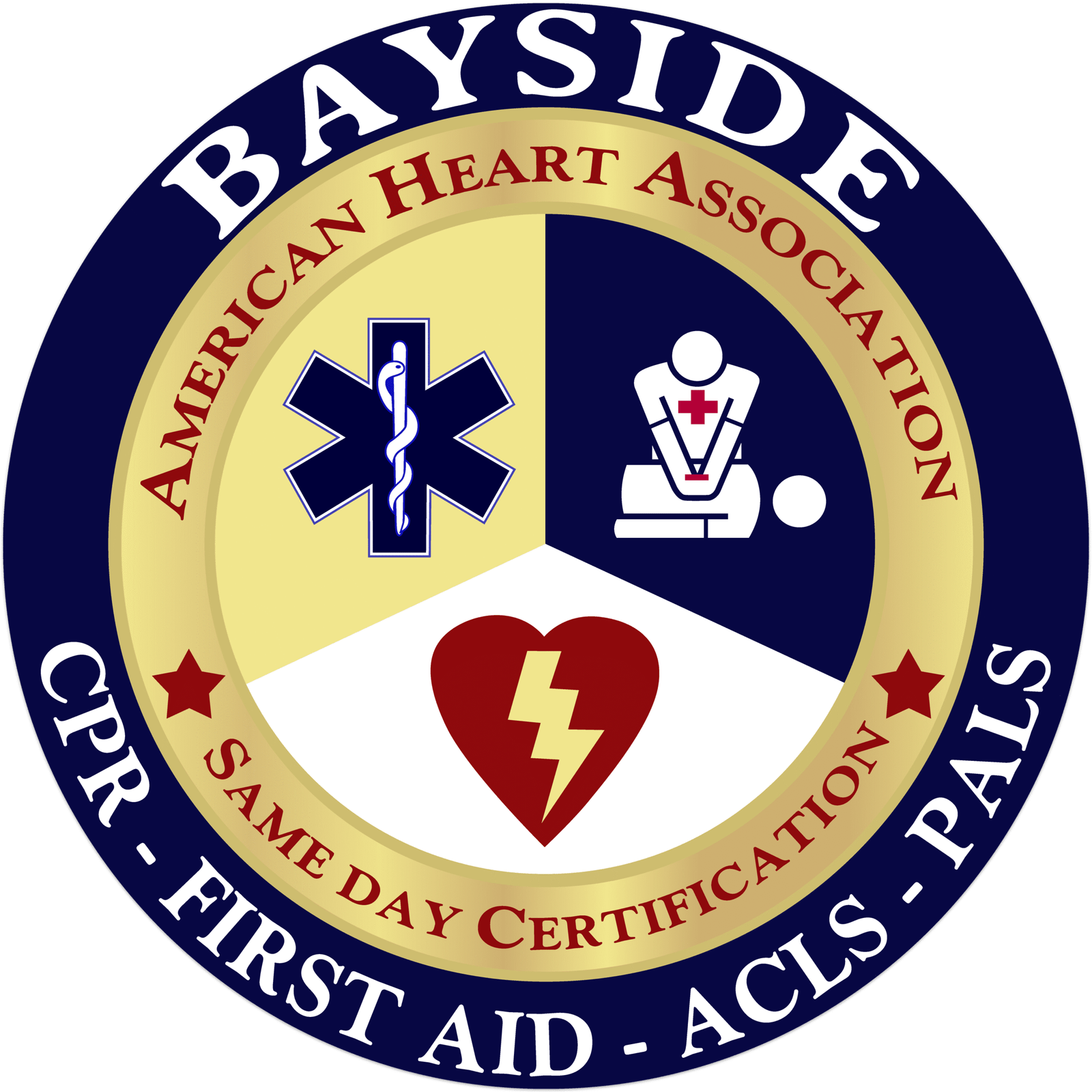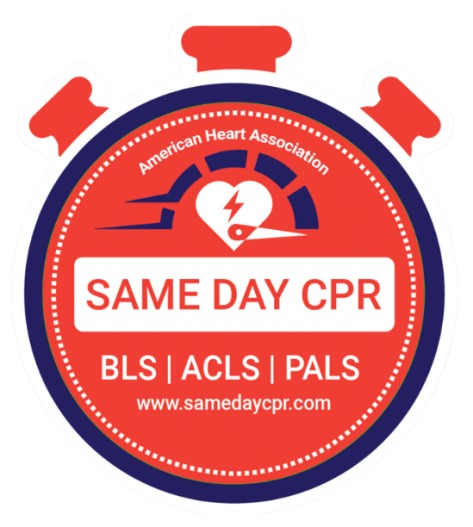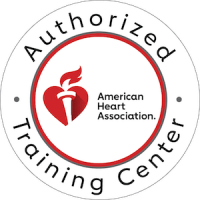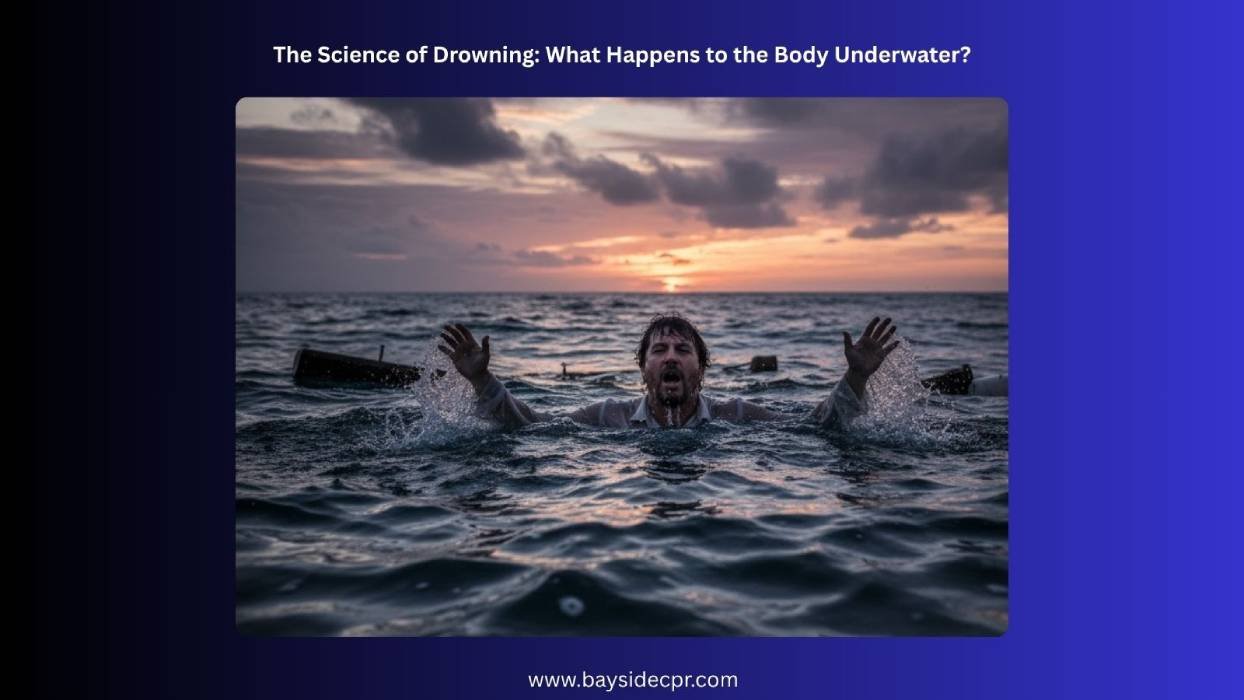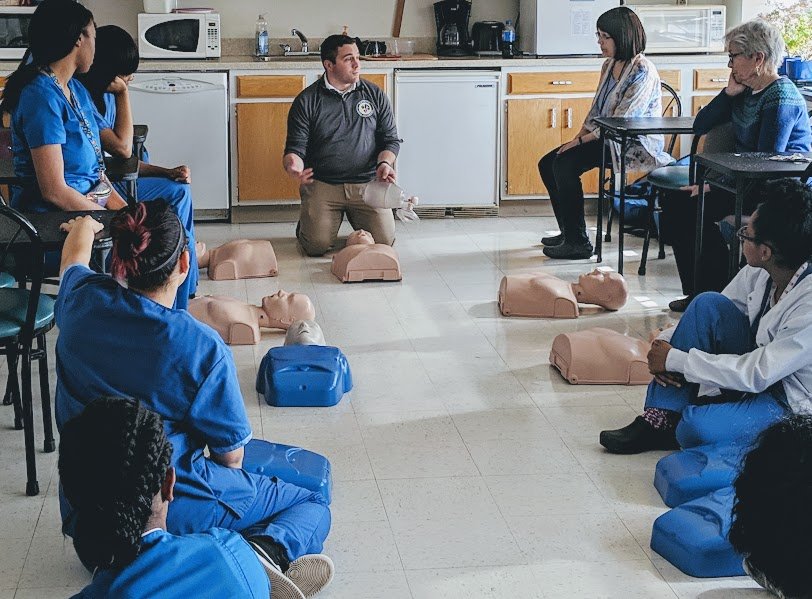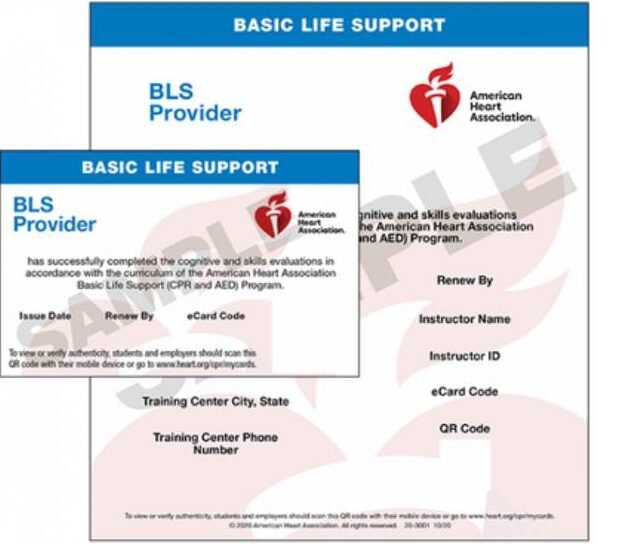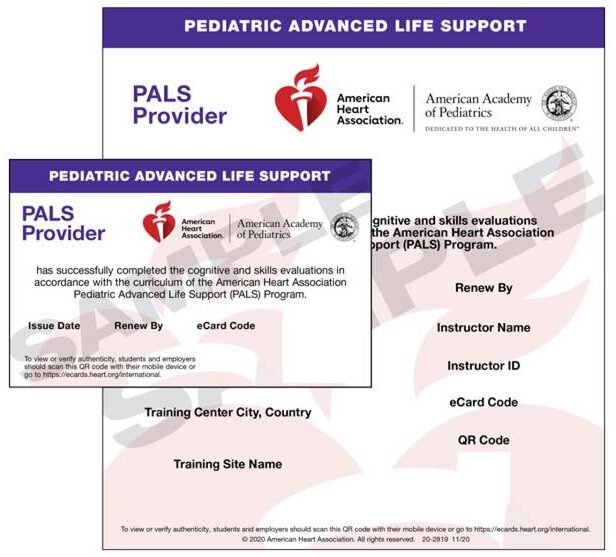Drowning can happen quickly and without warning, turning what starts as a fun swim into a life-threatening situation in seconds. It occurs when water blocks the airway, preventing a person from breathing, and can happen even in shallow water, affecting people of all ages. As the body struggles to get oxygen, the brain and organs begin to shut down, making timely intervention critical. Understanding how the body responds, gasping for air, the effects of oxygen loss, and the gradual impact on organs can save lives.
According to the WHO (World Health Organization), published on 13 December 2024, globally, drowning is a major public health concern, with around 300,000 deaths each year. Children are disproportionately affected, with those under 5 years accounting for nearly a quarter of all drowning deaths. It is the fourth leading cause of death for children aged 1-4 and the third for those aged 5-14, and 92% of drowning deaths occur in low-and middle-income countries. Learning how to recognize and respond to drowning, along with following global prevention strategies endorsed by the United Nations and World Health Organization, is essential for protecting yourself and others around water.
Breath-Holding and How Fast Drowning Happens?
Most people can stay underwater without breathing for about 30 to 90 seconds, but this time can change based on several factors, like:
- Lung Capacity: People with larger lung capacity are usually able to hold their breath for a longer time.
- Age: Younger people typically have a greater ability to hold their breath.
- Fitness Level: Those who are physically fit often sustain breath-holding for longer durations.
- Training: Freedivers can improve how long they hold their breath by practicing targeted training techniques.
Despite these limits, drowning can occur much faster than most people realize. Struggling underwater can happen in just a few seconds, and unconsciousness can occur in less than 2 minutes. Even brief oxygen deprivation can cause severe brain damage or death.
Drowning is often silent and sudden, not the dramatic scene portrayed in movies. Panic, exhaustion, or being pulled under by a current can affect even strong swimmers. Understanding these timelines highlights the importance of staying alert near water and knowing basic rescue and CPR (cardiopulmonary resuscitation) techniques; every second counts in those critical moments.
Stages of Drowning
Drowning is a gradual process that unfolds in multiple stages, each affecting breathing and, if not addressed, can lead to death. The stages include:
- Initial Panic and Struggle: The victim feels scared as they realize the danger. They fight to stay above water and may gasp without control.
- Submersion: The victim goes underwater and loses consciousness. Water fills their lungs, making it hard to breathe.
- Hypoxic Convulsion: The body starts to suffer from low oxygen. Muscles may twitch or jerk without control, like during a seizure.
- Respiratory Arrest: Breathing stops because the body has no oxygen. The heart begins to beat more slowly.
- Death: If no help arrives, the victim can die as the brain and vital organs run out of oxygen.
The Physiology of Drowning: What Happens to the Body
When someone is drowning, their body reacts in many powerful ways. From breathing struggles to heart and brain effects, each change can be life-threatening.
1. Respiratory System Changes
When someone starts drowning, their body tries to protect the lungs by tightly closing the airway, a reflex called laryngospasm. This can make it almost impossible to breathe. Water that enters the lungs can cause swelling and fluid buildup, making it very hard for oxygen to get into the blood.
2. Cardiovascular Changes
Drowning puts a lot of stress on the heart. The heart may slow down, causing bradycardia, and blood pressure can drop, which is called hypotension. Sometimes the heart beats irregularly, and in severe cases, it can stop altogether.
3. Neurological Effects
Without enough oxygen, the brain quickly starts to suffer. Cells struggle to function, leading to confusion, loss of consciousness, or even permanent brain damage if oxygen isn’t restored quickly.
4. Biochemical/Cellular Changes
At the cellular level, the lack of oxygen causes the body to become more acidic, a condition known as acidosis. Electrolytes, which help the heart, muscles, and nerves work properly, can go out of balance, making it even harder for the body to recover.
What Happens Immediately After Drowning?
After drowning, the body experiences a complex series of physical reactions. Let’s take a closer look at what happens right after a person is pulled from the water.
- Cessation of Breathing: Right after drowning begins, the person’s body stops breathing as water enters the airway. The brain quickly senses the lack of air and signals the body to struggle for oxygen.
- Hypoxia: Without enough oxygen, the body’s cells start to suffer. This lack of oxygen, called hypoxia, confuses and weakens vital organs.
- Loss of Consciousness: As oxygen levels drop further, the person becomes unresponsive. The brain shuts down to conserve energy, leading to a complete loss of awareness.
- Bradycardia: The heart slows down in an attempt to save oxygen. This slow heartbeat makes it even harder for the body to get enough blood and air.
- Potential Aspiration of Water: Water may enter the lungs during gasping or struggling. This can block airways and damage delicate lung tissue, making breathing even harder.
Steps to Perform CPR on a Drowning Victim
Performing CPR on a drowning victim is slightly different from standard CPR because the cause is respiratory arrest rather than a sudden cardiac event. Here’s a clear step-by-step guide based on standard resuscitation protocols (like American Heart Association guidelines):
Step 1: Make Sure It’s Safe
Before you rush in, take a quick look around. Check that you won’t get hurt and that the water or area is safe. You can’t help someone if you get into danger yourself.
Step 2: Check if They Respond
Gently tap their shoulder and speak loudly to see if they wake up. If they don’t move or answer, it’s time to take action right away.
Step 3: Call for Help
Shout for help or ask someone nearby to call emergency services. Getting professionals on the way quickly can save valuable time. Grab an AED (automated external defibrillator) if one is nearby because it can be a lifesaver.
Step 4: Open the Airway
Lay the person flat on their back and tilt their head slightly back while lifting the chin. This helps open their airway so they can breathe more easily.
Step 5: Look and Listen for Breathing
Watch their chest, listen for sounds, and feel for air on your cheek for up to ten seconds. If they are not breathing normally or just gasping, start rescue breaths immediately.
Step 6: Give Rescue Breaths
Cover their mouth with yours or a mask and pinch the nose. Give 2 slow breaths, watching for the chest to rise. If the chest does not move, adjust the head and try again. You can learn more about what are the indications for mouth-to-mouth rescue breaths to understand when and why this step is essential.
Step 7: Start Chest Compressions
Place 1 hand in the center of the chest and the other on top, fingers together. Push hard and fast, at least 2 inches deep, letting the chest fully rise each time while keeping a steady rhythm. Learn more about how you can achieve a high chest compression fraction to make your compressions even more effective.
Step 8: Combine Compressions and Breaths
Do 30 compressions followed by 2 breaths if you are alone. If someone is helping, switch to 15 compressions and 2 breaths. Keep repeating this cycle without stopping.
Step 9: Keep Going Until Help Arrives
Continue giving compressions and breaths until the person starts breathing on their own, emergency responders take over, or you are too tired to continue. Every minute matters.
Step 10: Use an AED if You Have One
Turn on the AED and follow its voice instructions. Keep doing CPR until it tells you to stand back. The device can analyze the heart and give a shock if needed.
Also, Read: What Does a Chest Compression Feedback Device Monitor During CPR?
From Breath to Rescue: What Drowning Teaches Us
In short, drowning is fast, serious, and often silent, but knowing what happens to the body can make a huge difference. From the first gasp for air to the effects on the brain, heart, and lungs, each stage shows how quickly oxygen deprivation can become life-threatening. Understanding these changes helps you stay aware, act quickly, and respond with lifesaving skills like CPR or rescue techniques. By learning the signs and respecting the power of water, you can protect yourself and those around you, turning knowledge into action that can save lives.
